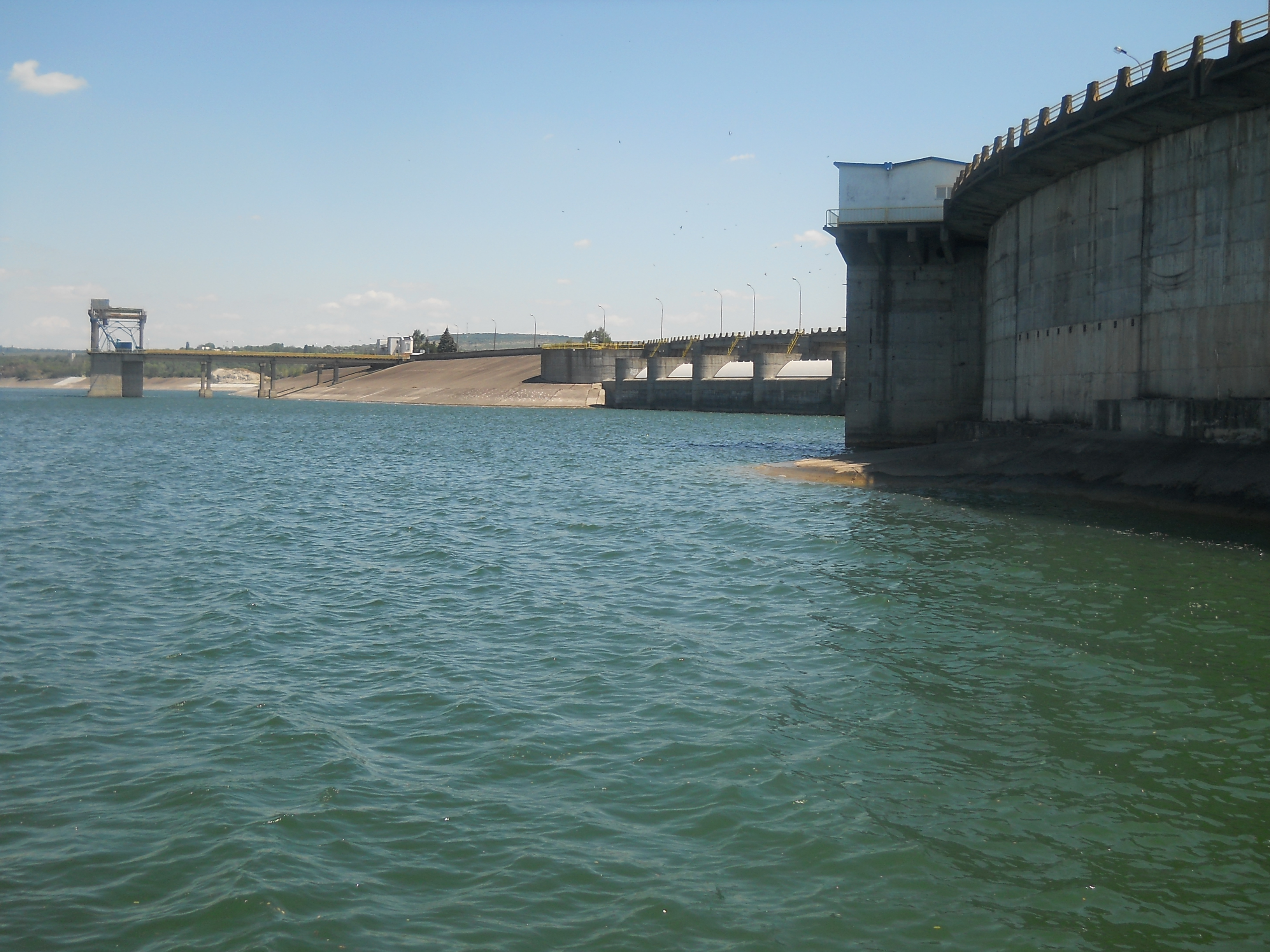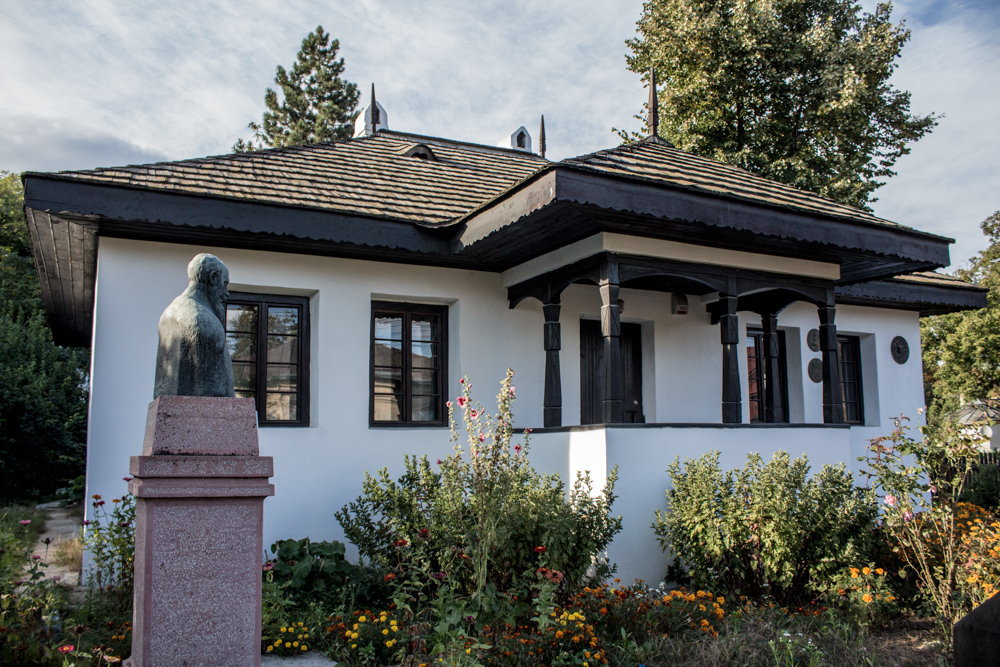|
Vorona Monastery
Vorona Monastery is an Orthodox Monastery in Romania, situated on the territory of Vorona commune (Botoșani County). It is set amidst a forest 2 km away from Vorona village. It is listed as a historic monument by Romania's Ministry of Culture and National Identity. See also *Teoctist Arăpașu References * *** - ''"România - Harta mănăstirilor"'' (Ed. Amco Press, 2000) * Gh. Ciobotaru - ''"Istoria m-rii Vorona"'', teză de licență, Institutul Teologic București, 1948 * Nicolae Iorga Nicolae Iorga (; sometimes Neculai Iorga, Nicolas Jorga, Nicolai Jorga or Nicola Jorga, born Nicu N. Iorga;Iova, p. xxvii. 17 January 1871 – 27 November 1940) was a Romanian historian, politician, literary critic, memoirist, Albanologist, poet ... - ''"O m-re de cărturari: Vorona"'', în "Buletinul Comisiunii Monumentelor Istorice", annul XXV (1933), p. 120. * Mitropolia Moldovei și Sucevei - ''"Monumente istorice bisericești din Mitropolia Moldovei și Sucevei"'' (Ed. Mitrop ... [...More Info...] [...Related Items...] OR: [Wikipedia] [Google] [Baidu] |
Teoctist Arăpașu
Teoctist (, born Toader Arăpașu, 7 February 1915 – 30 July 2007) was the Patriarch of the Romanian Orthodox Church from 1986 to 2007. Teoctist served his first years as patriarch under the Romanian Communist regime, and was accused by some of collaboration. He offered his resignation after the Romanian Revolution of 1989, but was soon restored to office and served a further 17 years. A promoter of ecumenical dialogue, Patriarch Teoctist invited Pope John Paul II to visit Romania in 1999. It was the first visit of a Pope to a predominantly Eastern Orthodox country since the East-West Schism of 1054. Studies and ecclesiastic career He was born as the tenth of eleven children of Dumitru and Marghioala Arăpașu, of Tocileni, Botoșani County. He attended the primary school in Tocileni (1921–1927). In 1928, Arăpașu became a novice at Sihăstria Voronei hermitage, and later at Vorona Monastery. He became a monk on 6 August 1935 at the Bistrița-Neamț Monastery. In ... [...More Info...] [...Related Items...] OR: [Wikipedia] [Google] [Baidu] |
Vorona, Botoșani
Vorona is a commune in Botoșani County, Western Moldavia, Romania. It is composed of six villages: Icușeni, Joldești, Poiana, Vorona, Vorona Mare and Vorona-Teodoru. The commune is located in the southwestern corner of the county, on the border with Suceava County, some south of the county seat, Botoșani, and southeast of Suceava International Airport. Vorona is situated on the Suceava Plateau. It lies on the banks of the Siret River, and its left tributary, the river Vorona ''Vorona'' ( ; Malagasy for "bird", ''V. berivotrensis'', "from Berivotra") is a monotypic genus of prehistoric birds. It was described from fossils found in a Maevarano Formation quarry near the village of Berivotra, Mahajanga Province, Madag .... See also * Vorona Monastery References Communes in Botoșani County Localities in Western Moldavia {{Botoşani-geo-stub ... [...More Info...] [...Related Items...] OR: [Wikipedia] [Google] [Baidu] |
Botoșani County
Botoșani County () is a county (județ) of Romania, in Western Moldavia (encompassing a few villages in neigbhouring Suceava County from Bukovina to the west as well), with the capital town ( ro, Oraș reședință de județ) at Botoșani. Demographics As of 31 October 2011, it had a population of 412,626 and the population density was 83/km2. * Romanians – 94.1% * Romani people, Romani – 1% * Ukrainians – 0.2% * Lipovans – 0.1% * Minorities of Romania, Other ethnicities – 0.1% * Unknown ethnicity – 4.6% Geography * Botoșani County is situated between the rivers Siret (river), Siret and Prut, in the northeastern part of Romania, bordering Ukraine to the north and Moldova to the east. To the west and south it has borders with Suceava County, Suceava and Iași County, Iași counties. * It has a total area of , comprising 2.1% of the Romanian territory. * The relief is a high plain, between the valleys of the Siret and the Prut, and the latter's affluent, t ... [...More Info...] [...Related Items...] OR: [Wikipedia] [Google] [Baidu] |
Romania
Romania ( ; ro, România ) is a country located at the crossroads of Central Europe, Central, Eastern Europe, Eastern, and Southeast Europe, Southeastern Europe. It borders Bulgaria to the south, Ukraine to the north, Hungary to the west, Serbia to the southwest, Moldova to the east, and the Black Sea to the southeast. It has a predominantly Temperate climate, temperate-continental climate, and an area of , with a population of around 19 million. Romania is the List of European countries by area, twelfth-largest country in Europe and the List of European Union member states by population, sixth-most populous member state of the European Union. Its capital and largest city is Bucharest, followed by Iași, Cluj-Napoca, Timișoara, Constanța, Craiova, Brașov, and Galați. The Danube, Europe's second-longest river, rises in Germany's Black Forest and flows in a southeasterly direction for , before emptying into Romania's Danube Delta. The Carpathian Mountains, which cross Roma ... [...More Info...] [...Related Items...] OR: [Wikipedia] [Google] [Baidu] |
Monument Istoric
''Monument istoric'' (plural: ''Monumente istorice''), a "historic monument", is the Romanian term of designation for national heritage sites in Romania. Classifications A ''Monument istoric'' is defined as: *an architectural or sculptural work, or archaeological site. *having significant cultural heritage value, and of immovable scale. *perpetuating the memory of an event, place, or historical personality. ''Monumente istorice'' cultural properties include listed Romanian historical monuments from the National Register of Historic Monuments in Romania. They may also include places that are not specifically listed in whole, but which contain listed entities, such as memorial statues and fountains in parks and cemeteries. ;Inventory There are 29,540 designated ''monumente istorice'' (historical monuments) entries listed individually in Romania, as of 2010. Of these, 2,621 are in Bucharest; 1,630 in Iaşi County; 1,381 in Cluj County; 1,239 in Dâmboviţa County; 1,069 in Pr ... [...More Info...] [...Related Items...] OR: [Wikipedia] [Google] [Baidu] |
Ministry Of Culture And Religious Affairs (Romania)
The Ministry of Culture of Romania ( ro, Ministerul Culturii) is one of the ministries of the Government of Romania. The current position holder is Lucian Romașcanu from the Social Democratic Party (PSD). The ''Romanian National Institute of Historical Monuments'', part of this ministry, maintains the list of historical monuments in Romania. The list, created in 2004–2005, contains historical monuments entered in the National Cultural Heritage of Romania. List of Culture Ministers See also * Culture of Romania * List of historical monuments in Romania References External links MCC.ro* GUV.roRomanian National Institute of Historical MonumentsList of Historical Monumentsat Romanian Ministry of Culture and National Patrimony (in Romanian) at Romanian National Institute of Historical Monuments (in Romanian) Culture Romania Romania ( ; ro, România ) is a country located at the crossroads of Central Europe, Central, Eastern Europe, Eastern, and Southeas ... [...More Info...] [...Related Items...] OR: [Wikipedia] [Google] [Baidu] |
Nicolae Iorga
Nicolae Iorga (; sometimes Neculai Iorga, Nicolas Jorga, Nicolai Jorga or Nicola Jorga, born Nicu N. Iorga;Iova, p. xxvii. 17 January 1871 – 27 November 1940) was a Romanian historian, politician, literary critic, memoirist, Albanologist, poet and playwright. Co-founder (in 1910) of the Democratic Nationalist Party (PND), he served as a member of Parliament, President of the Deputies' Assembly and Senate, cabinet minister and briefly (1931–32) as Prime Minister. A child prodigy, polymath and polyglot, Iorga produced an unusually large body of scholarly works, establishing his international reputation as a medievalist, Byzantinist, Latinist, Slavist, art historian and philosopher of history. Holding teaching positions at the University of Bucharest, the University of Paris and several other academic institutions, Iorga was founder of the International Congress of Byzantine Studies and the Institute of South-East European Studies (ISSEE). His activity also included the transf ... [...More Info...] [...Related Items...] OR: [Wikipedia] [Google] [Baidu] |
Romanian Orthodox Monasteries Of Botoșani County
Romanian may refer to: *anything of, from, or related to the country and nation of Romania **Romanians, an ethnic group **Romanian language, a Romance language ***Romanian dialects, variants of the Romanian language **Romanian cuisine, traditional foods **Romanian folklore *Romanian (stage), a stage in the Paratethys The Paratethys sea, Paratethys ocean, Paratethys realm or just Paratethys was a large shallow inland sea that stretched from the region north of the Alps over Central Europe to the Aral Sea in Central Asia. Paratethys was peculiar due to its pa ... stratigraphy of Central and Eastern Europe *'' The Romanian'' newspaper *'' The Romanian: Story of an Obsession'', a 2004 novel by Bruce Benderson * * {{disambiguation Language and nationality disambiguation pages ... [...More Info...] [...Related Items...] OR: [Wikipedia] [Google] [Baidu] |


.jpg)
